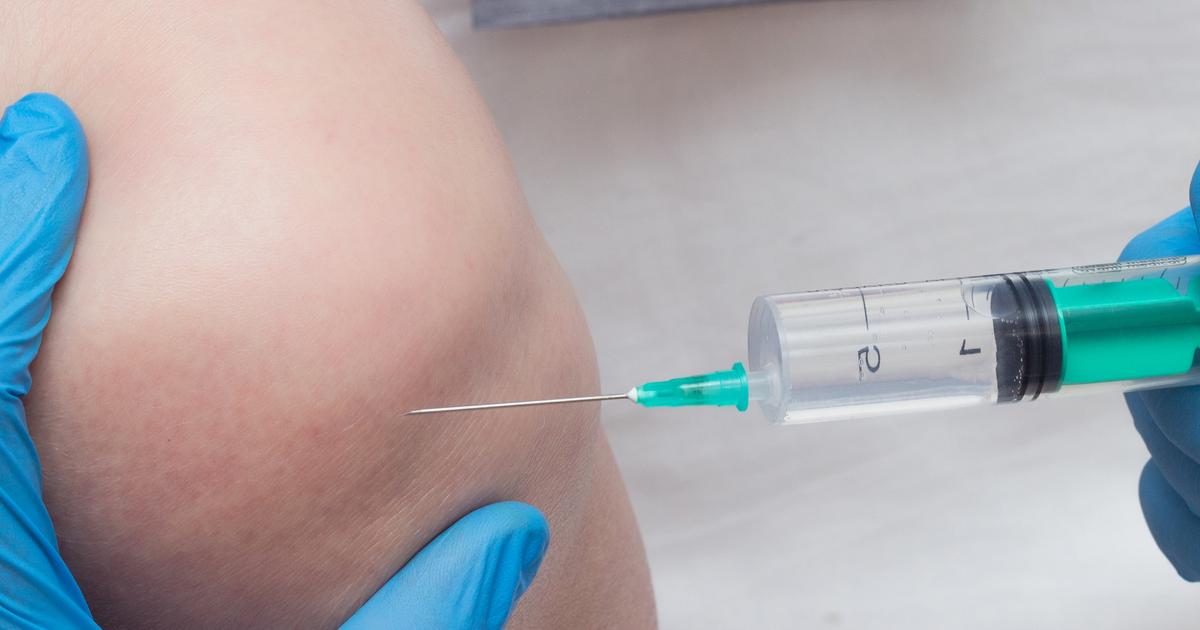How To Easily Treat And Prevent Bunions
Cortisone Injections

Cortisone injections may be recommended for patients with severe bunions. These injections are normally given by an orthopedist, and they are administered directly into the bursa, which is a sac that surrounds the joint of the big toe. The injections can reduce pain and inflammation, and the subsequent pain relief usually lasts for two weeks. Cortisone injections are particularly beneficial for patients experiencing acute pain from a bunion that has been accidentally bumped or rubbed by footwear. Cortisone should be administered with care, and patients are generally advised to have no more than three cortisone injections at the same site throughout their lifetime. This is because each injection of cortisone causes a gradual breakdown of the cartilage around the joint. More than three injections could result in complications that make bunions more difficult to treat.
Although other side effects from these injections are rare, some patients who receive them may notice increased pain and skin discoloration at the injection site, and a loss of fatty tissue in the affected area could occur. Tendon ruptures have also been reported. Shortly after the injection, an individual might notice facial flushing, and elevated blood glucose levels have happened in diabetes patients who receive cortisone injections. Patients should let their specialist know about any underlying medical conditions or past reactions to injections before choosing this treatment option.
Keep reading for more information on the methods used to treat and even prevent bunions now.
Avoid Activities That Put Pressure On The Big Toe

To prevent bunions, patients need to avoid activities that put pressure on the big toe. Wearing high heels is one of the major sources of pressure on this toe, and shoes that are not wide enough at the toes can also create pressure. Podiatrists recommend opting for shoes with a heel of no more than two inches, and patients should be able to wiggle their toes comfortably inside the shoe. Shoes with pointy toes are to be avoided, and the foot should never be pressed or squeezed by any part of the shoe. Individuals who participate in ballet, running, skating, and activities that require jumping or similar movements could be putting excessive pressure on their toes, and they may wish to speak with a coach about posture adjustments that might minimize this force and keep their feet healthy.
